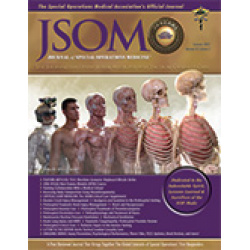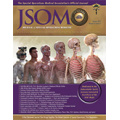Obstacle Course Events: Hazards and Prevention Measures
Knapik JJ 22(2). 129 - 138 (Journal Article)
This article reviews hazards associated with obstacle course events (OCEs) like the Spartan Race and Tough Mudder, which are becoming increasingly popular, and provides strategies to mitigate these hazards. In seven studies, the overall weighted incidence of participants seeking medical care during OCEs was only 1.4% with ~6% of these requiring higher level medical care at a hospital. Nonetheless, 27% of participants self-reported ≥1 extremity injury. Common OCE medical problems included sprains/strains and dermatological injuries (abrasions/laceration/blisters); the ankle and knee were common injury locations. There are reports microorganism infections during OCEs, associated with ingestion of contaminated water and mud. On military obstacle courses, ~5% were injured, but this activity has the highest injury rate (injuries/hour of training) of all major testing or training activities. Ankle sprain risk can be reduced with proprioceptive training and prophylactic ankle bracing. Knee injury risk can be reduced with exercise-based programs that incorporate various components of proprioceptive training, plyometrics, resistance exercises, stretching, and shuttle/bounding running. Reducing abrasions and lacerations involve wearing low friction clothing, gloves, and prophylactic covering of skin areas prone to abrasions/lacerations with specific protective materials. Reducing blister likelihood involves use of antiperspirants without emollients, specialized sock systems, and covering areas prone to blisters with paper tape. Reducing infections from microorganism can be accomplished by protective covering open wounds, rinsing off mud post-race, and avoiding ingestion of food and drink contaminated with mud. These chiefly evidence-based injury and illness prevention measures should minimize the risks associated with OCEs.


 Español
Español 




